Sun Protection: Must-Have skincare Tips for South Texas Beaches
The beaches of South Texas offer stunning views, warm waters, and a perfect escape from the daily grind. However, while you're soaking up the sun and enjoying the surf, it's essential to protect your skin from harmful UV rays. In this comprehensive guide, we'll cover must-have skincare tips for your beach outings, ensuring your skin stays healthy and radiant.
1. Understanding the Importance of Sun Protection
Why Sun Protection is Crucial: The sun emits ultraviolet (UV) rays that can cause immediate and long-term damage to your skin. Prolonged exposure without protection can lead to sunburn, premature aging, and an increased risk of skin cancer. Understanding the risks associated with sun exposure is the first step toward better skincare.
2. Choosing the Right Sunscreen
SPF Matters: When selecting a sunscreen, the Sun Protection Factor (SPF) is crucial. For South Texas beaches, opt for a broad-spectrum sunscreen with at least SPF 30. Broad-spectrum sunscreens protect against both UVA and UVB rays, providing comprehensive protection.
Water-Resistant Formulas: Given the beach setting, choose a water-resistant sunscreen. This ensures that your protection lasts through swimming and sweating. Reapply every two hours, or immediately after towel drying, swimming, or excessive sweating.
Ingredients to Look For: Zinc oxide and titanium dioxide are excellent for sensitive skin and provide robust protection. These mineral-based sunscreens are also reef-safe, making them an eco-friendly choice.
3. Proper Application Techniques
Don’t Skimp: Apply sunscreen generously. Most people use only 25-50% of the recommended amount. For full coverage, you need about one ounce (a shot glass full) to cover your entire body.
Timing is Everything: Apply sunscreen 15-30 minutes before sun exposure. This gives it time to bind to your skin and form a protective barrier.
Don't Forget These Areas: Commonly missed spots include the ears, back of the neck, tops of the feet, and the back of the hands. Don’t forget your lips—use a lip balm with SPF 15 or higher.
4. Complementary Protective Measures
Seek Shade: Whenever possible, take breaks under an umbrella, canopy, or shaded area, especially between 10 a.m. and 4 p.m., when the sun's rays are strongest.
Wear Protective Clothing: Long-sleeved shirts, wide-brimmed hats, and sunglasses are essential. Look for clothing with a UPF (Ultraviolet Protection Factor) label for added protection.
5. Hydration and Aftercare
Stay Hydrated: Sun exposure and high temperatures can dehydrate you quickly. Drink plenty of water throughout your beach day to keep your skin hydrated from the inside out.
Post-Sun Skincare: After a day at the beach, soothe your skin with aloe vera gel or a moisturizing lotion containing hyaluronic acid. These products help to replenish moisture and reduce any potential inflammation or irritation from sun exposure.
6. Special Considerations for Children and Sensitive Skin
Extra Care for Kids: Children's skin is more sensitive to the sun. Use a sunscreen specifically formulated for children, which is often less irritating. Reapply more frequently, and ensure they wear protective clothing and hats.
Sensitive Skin Tips: For those with sensitive skin, choose hypoallergenic sunscreens that are free from fragrances and parabens. Conduct a patch test before full application to avoid any adverse reactions.
7. Myths and Facts About Sun Protection
Myth: Cloudy Days Don’t Require Sunscreen: UV rays can penetrate clouds, meaning you can still get sunburned on overcast days. Always wear sunscreen regardless of the weather.
Myth: Dark Skin Doesn’t Need Sunscreen: While darker skin has more melanin, which provides some protection against UV rays, it’s still susceptible to sun damage. Sunscreen is essential for all skin types.
8. The Role of Diet in Sun Protection
Antioxidant-Rich Foods: Incorporate foods rich in antioxidants, such as berries, nuts, and leafy greens, into your diet. These can help protect your skin from oxidative stress caused by UV radiation.
Hydrating Foods: Cucumbers, watermelon, and oranges not only hydrate your body but also provide essential vitamins that support skin health.
9. Regular Skin Checks
Monitor for Changes: Regularly check your skin for any changes, such as new moles or changes in existing moles. Early detection of skin abnormalities is crucial in preventing serious conditions.
Professional Check-Ups: Consider annual visits to a dermatologist for a professional skin examination, especially if you have a history of sunburns or skin cancer in your family.
10. Conclusion
Enjoy the Beach Safely: South Texas beaches are a treasure, and with the right sun protection strategies, you can enjoy them without compromising your skin's health. By understanding the importance of sun protection, choosing the right products, and following these comprehensive tips, you’ll ensure your skin remains healthy, youthful, and radiant.


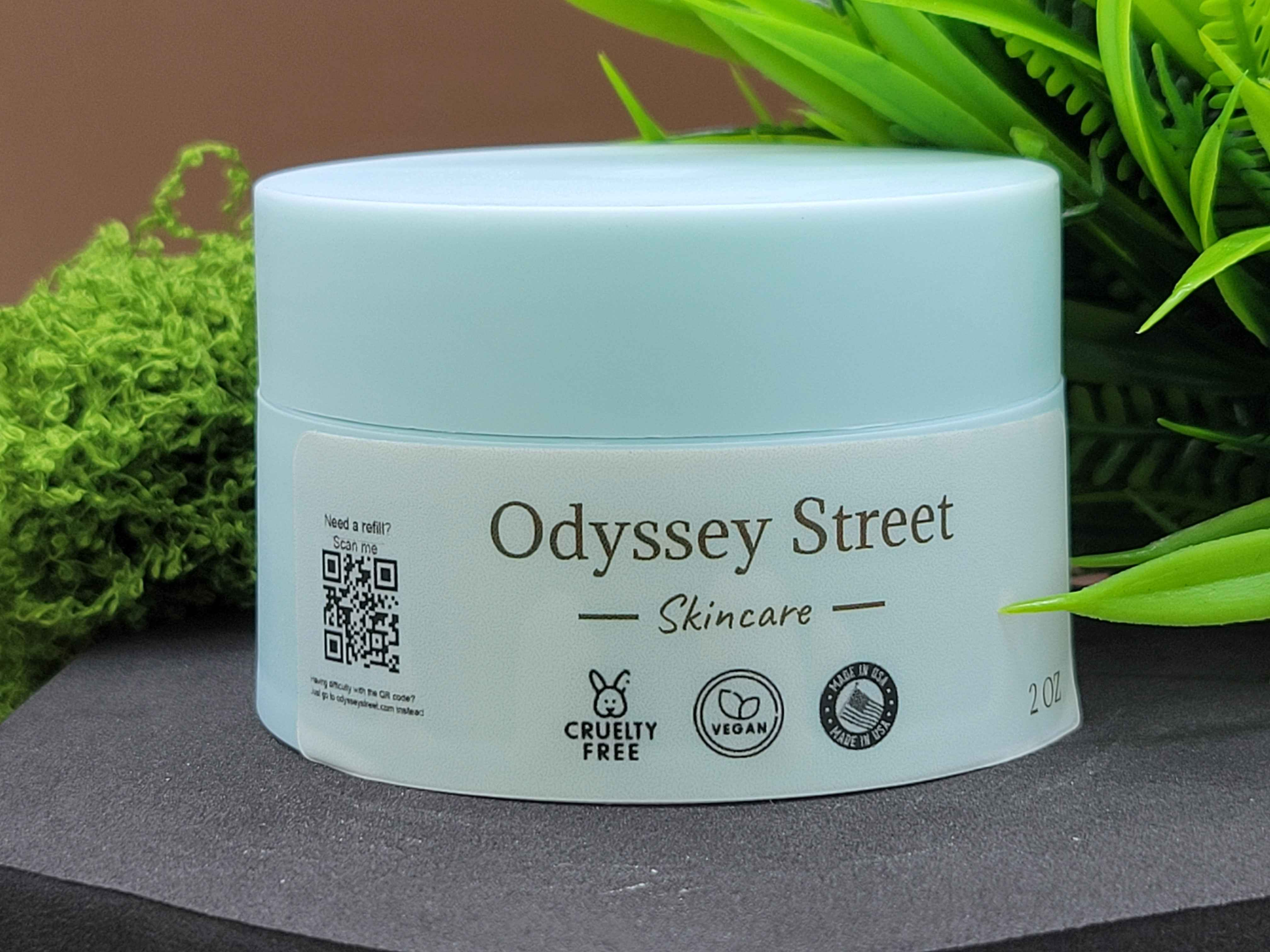
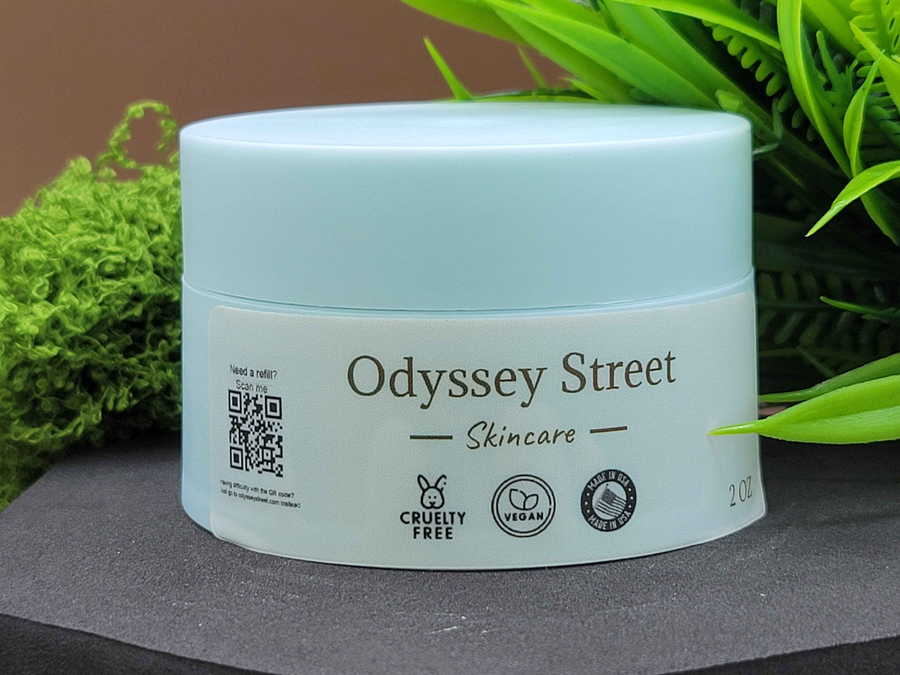
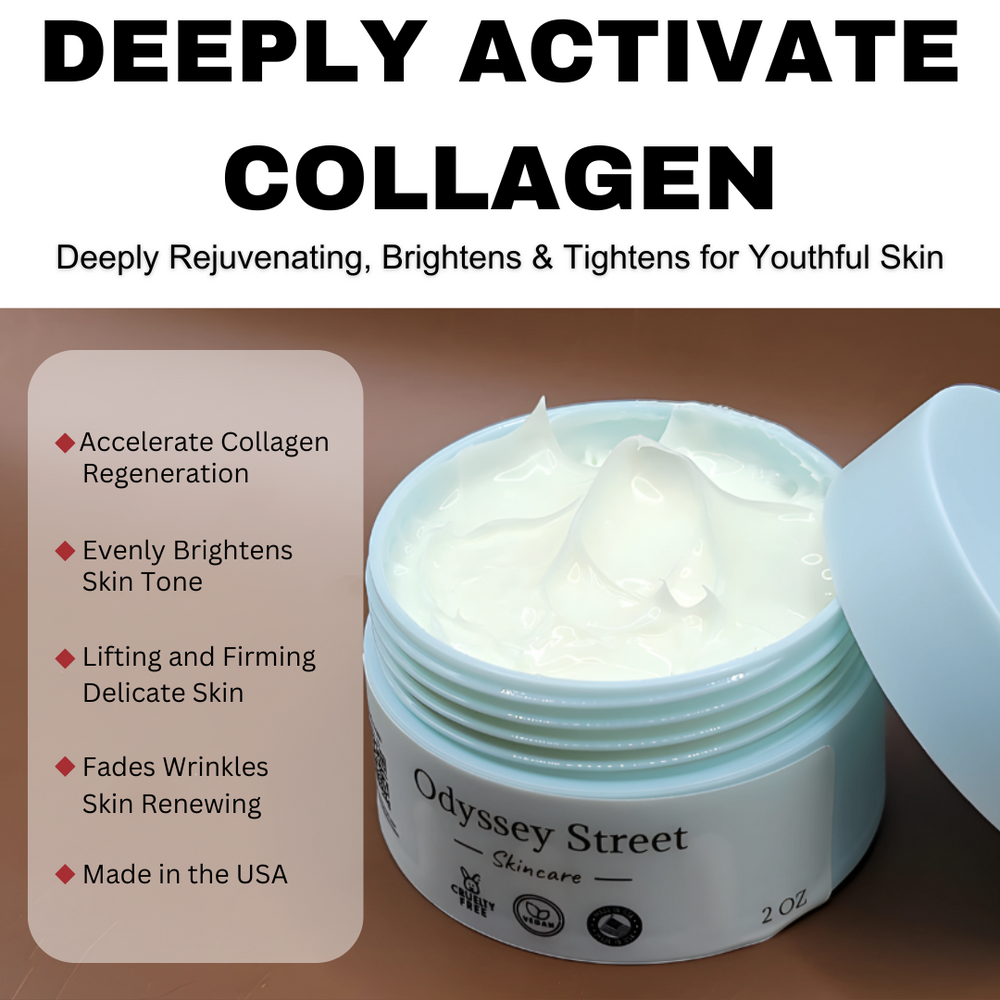




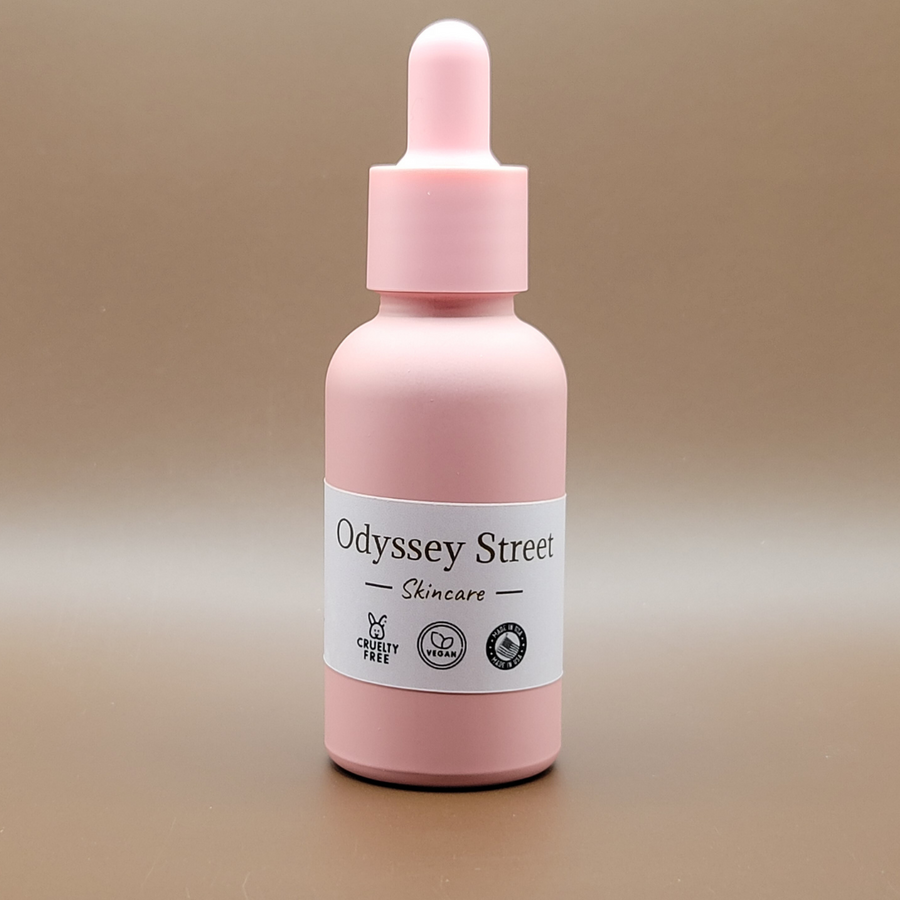
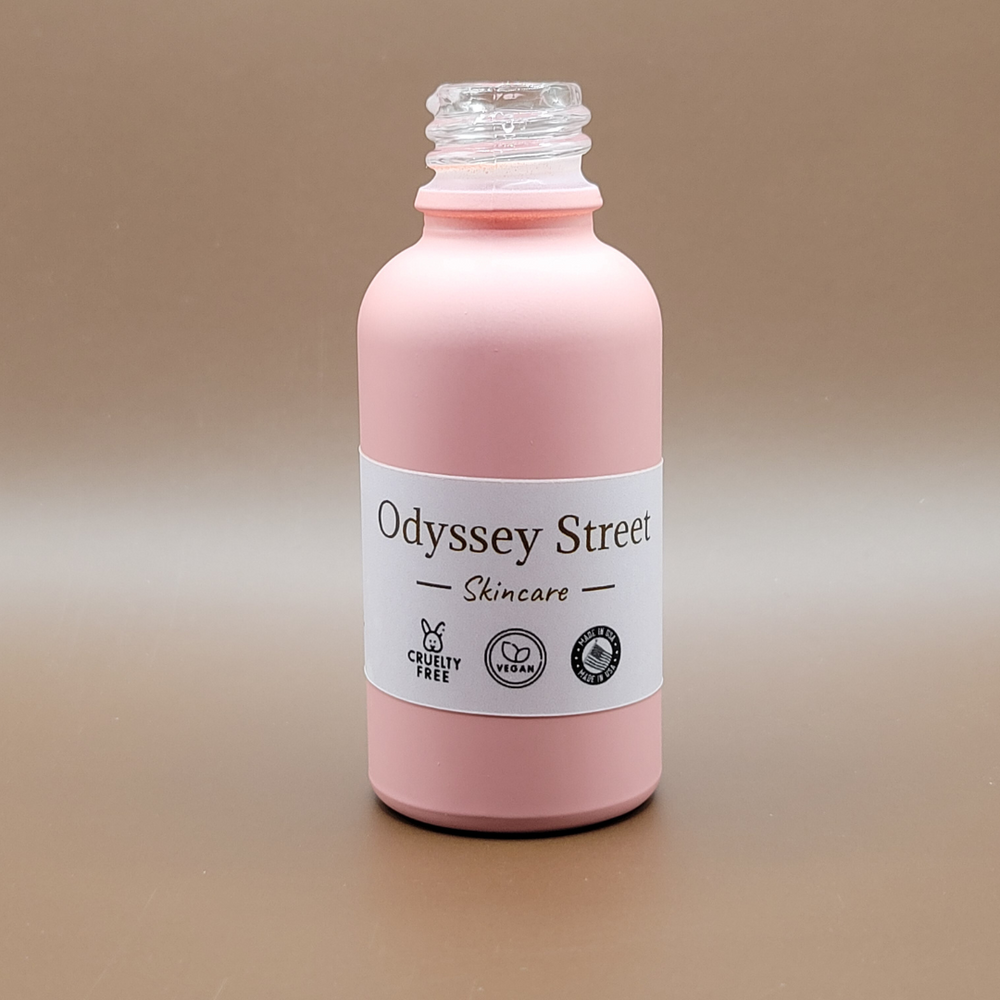
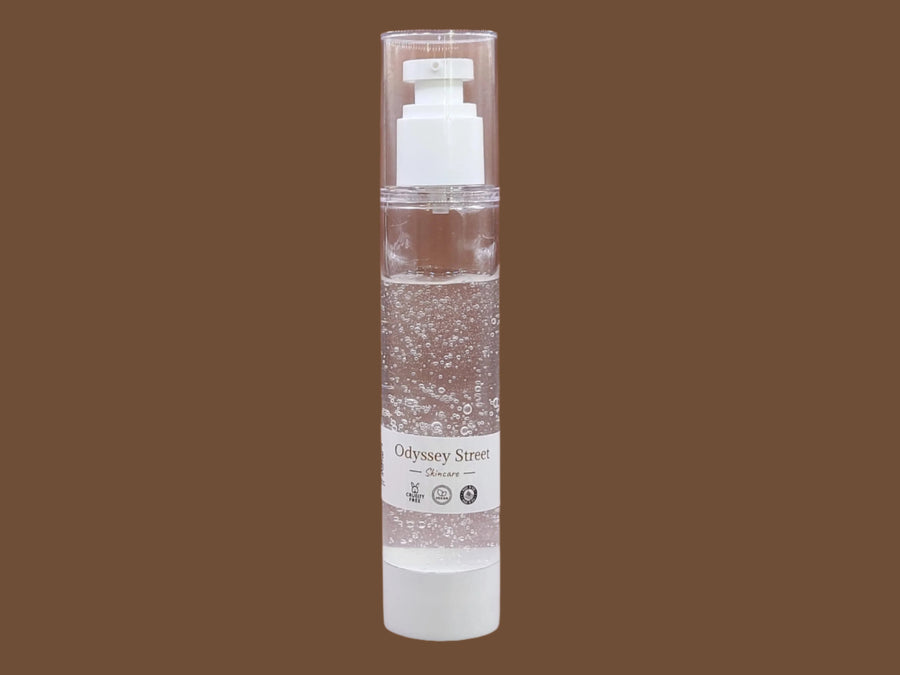
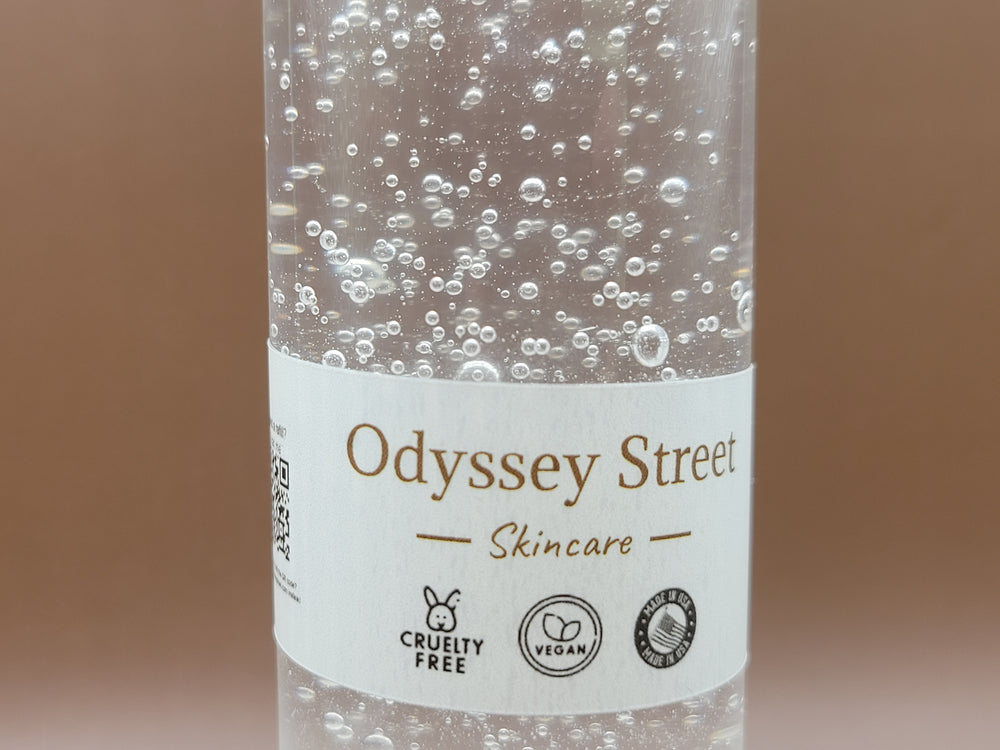
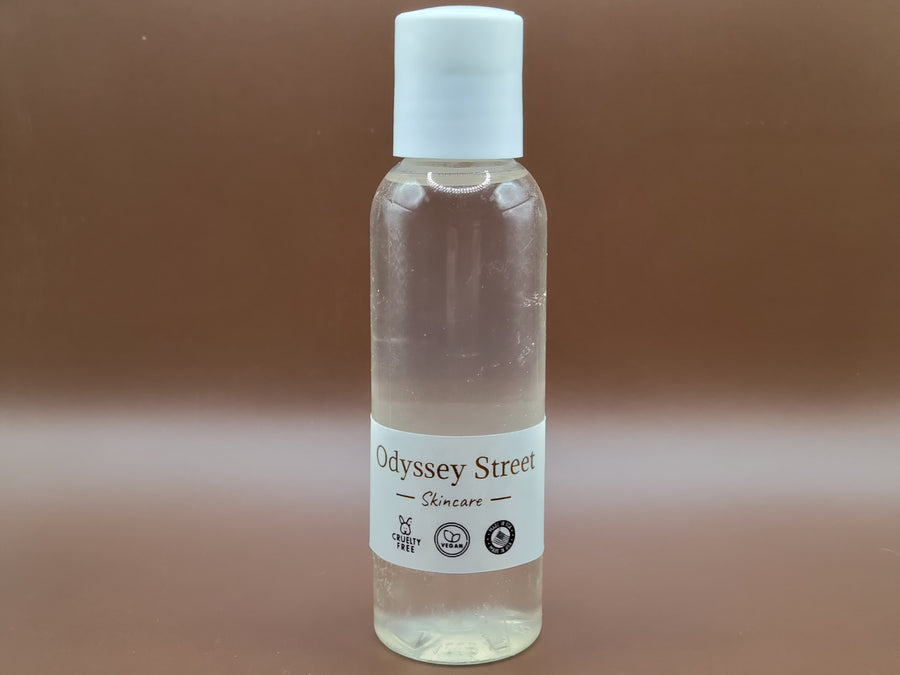
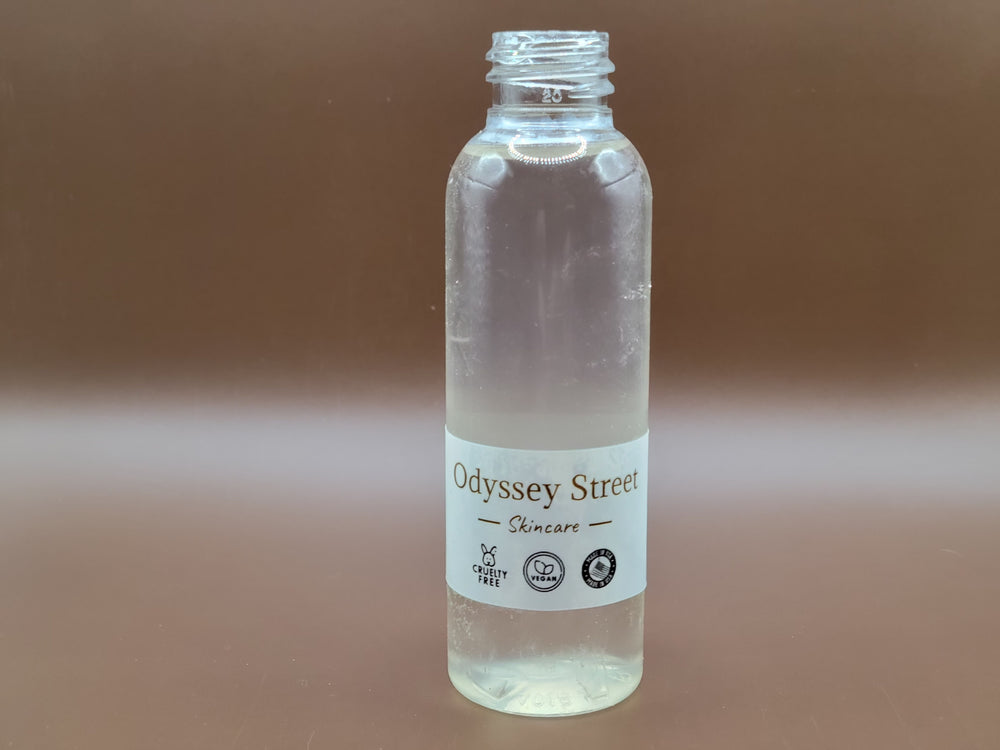
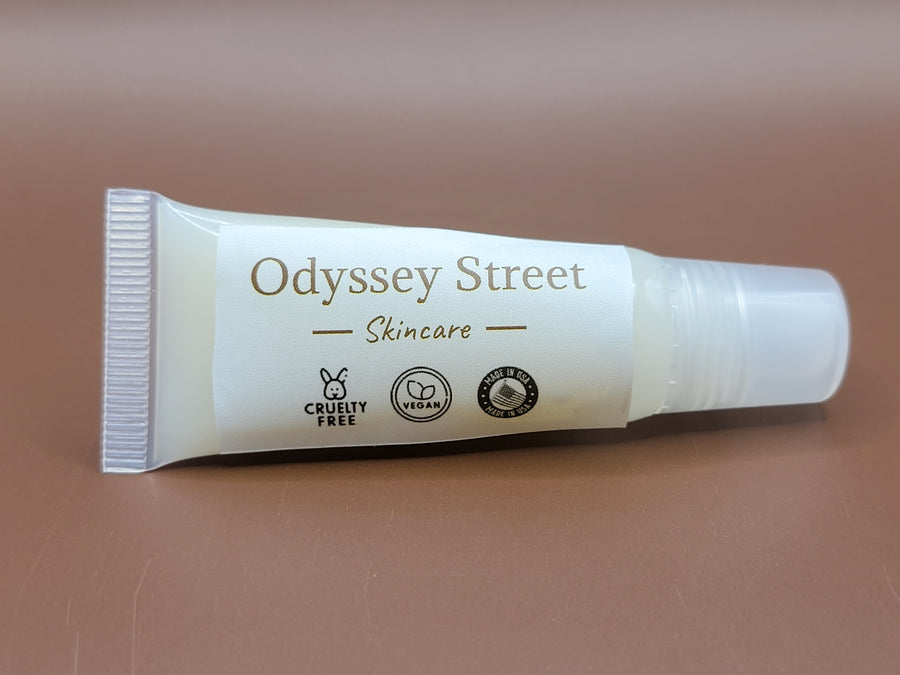
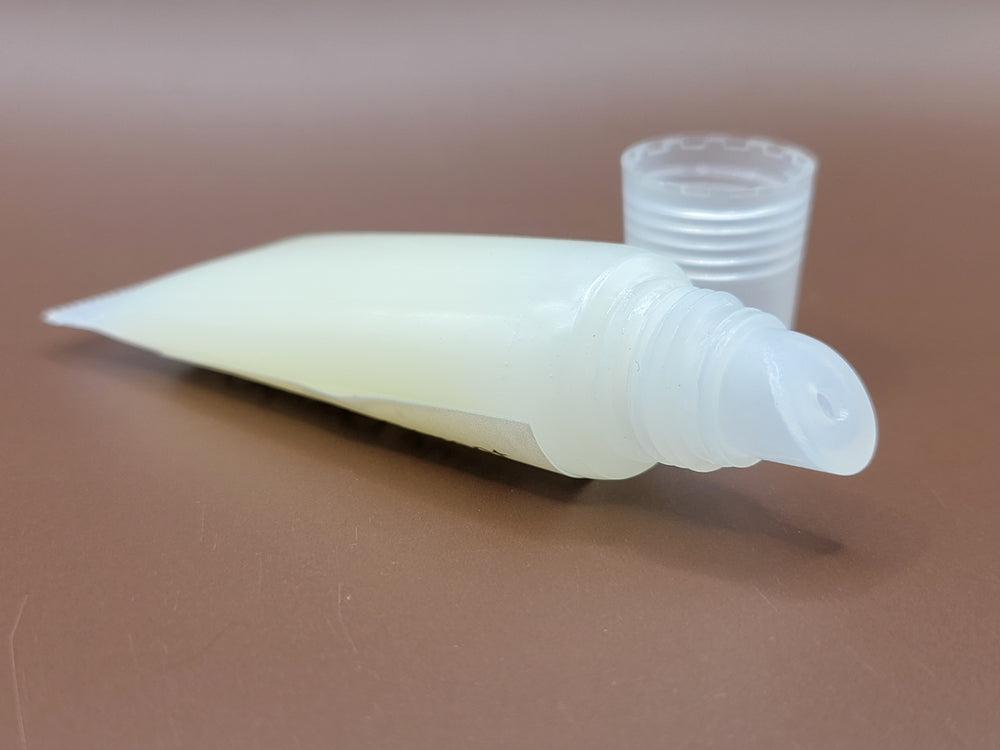
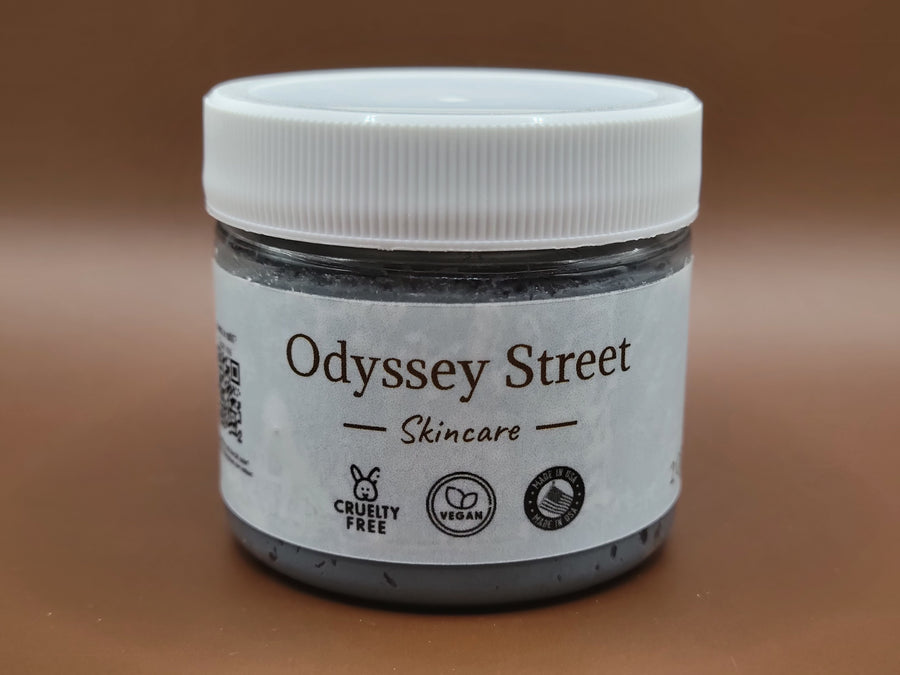
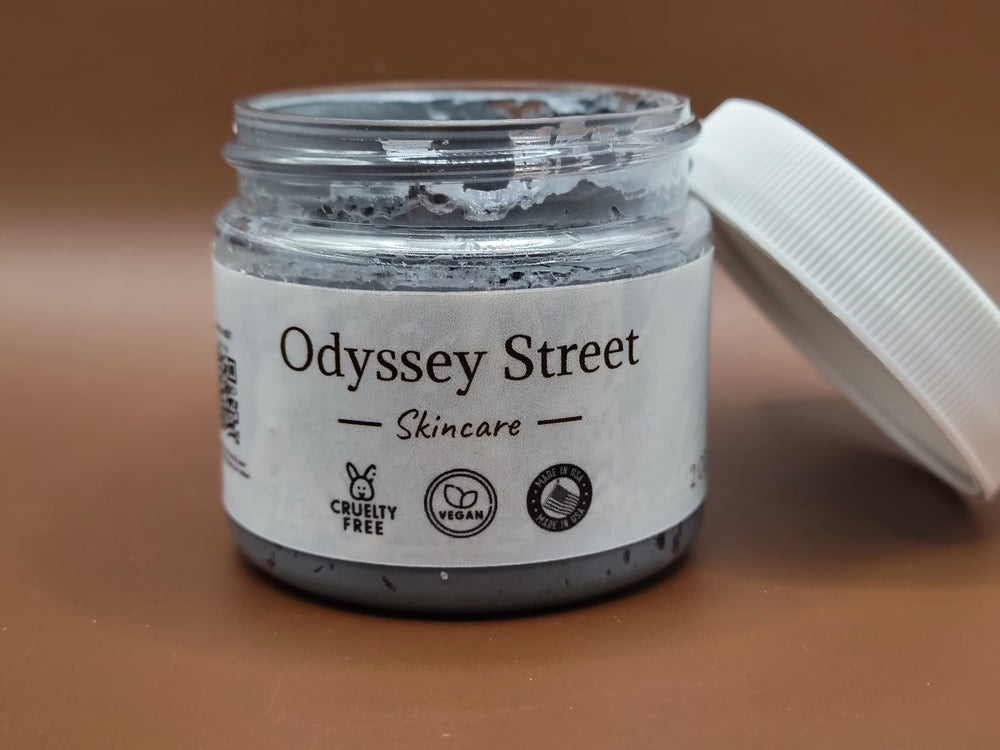
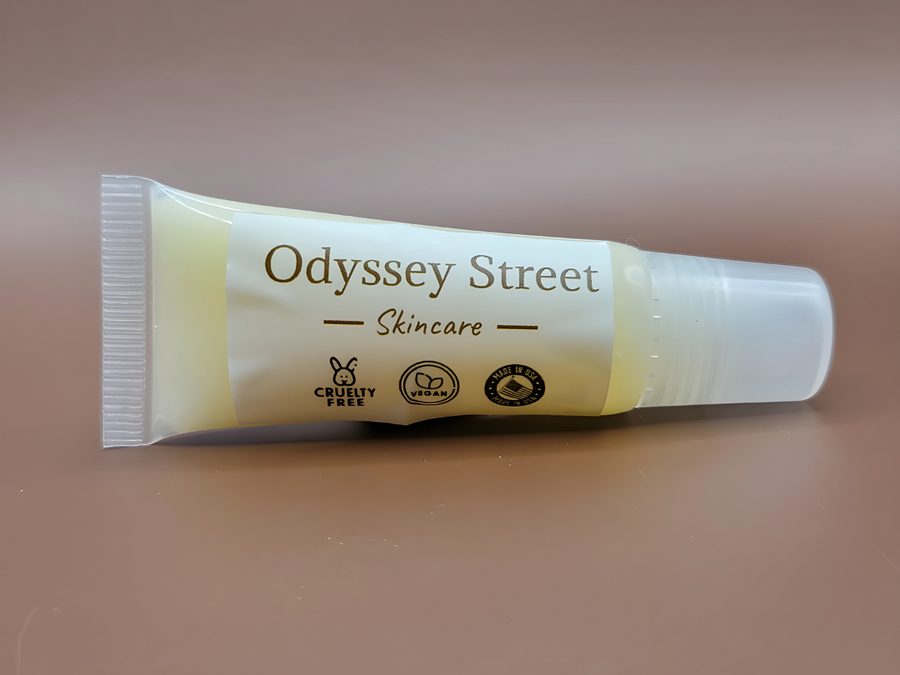
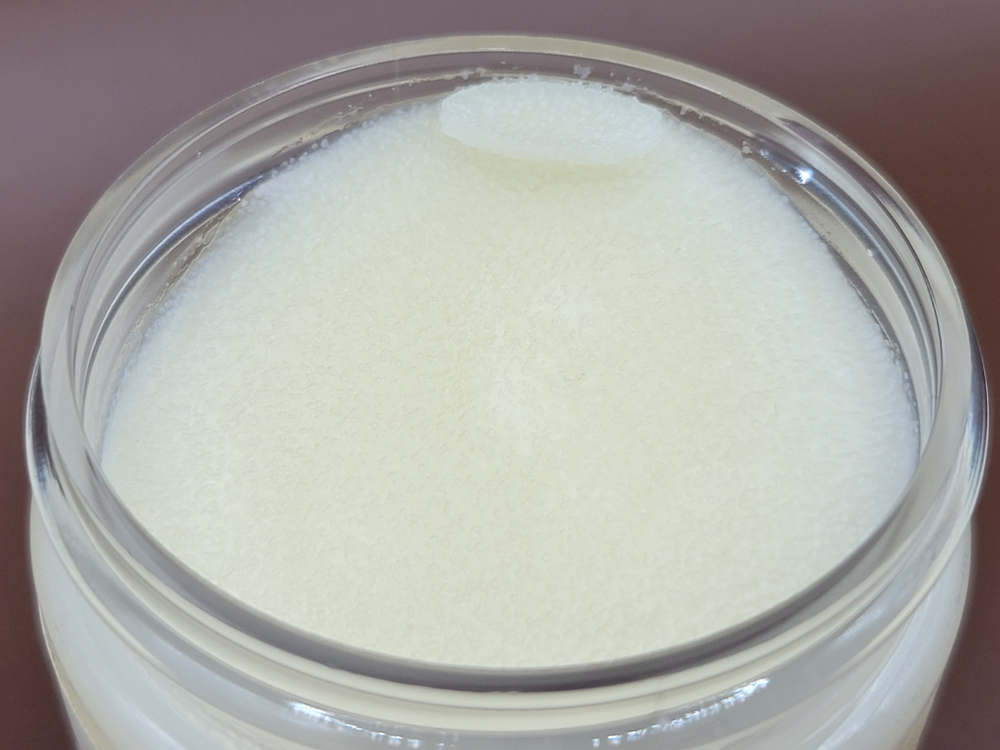
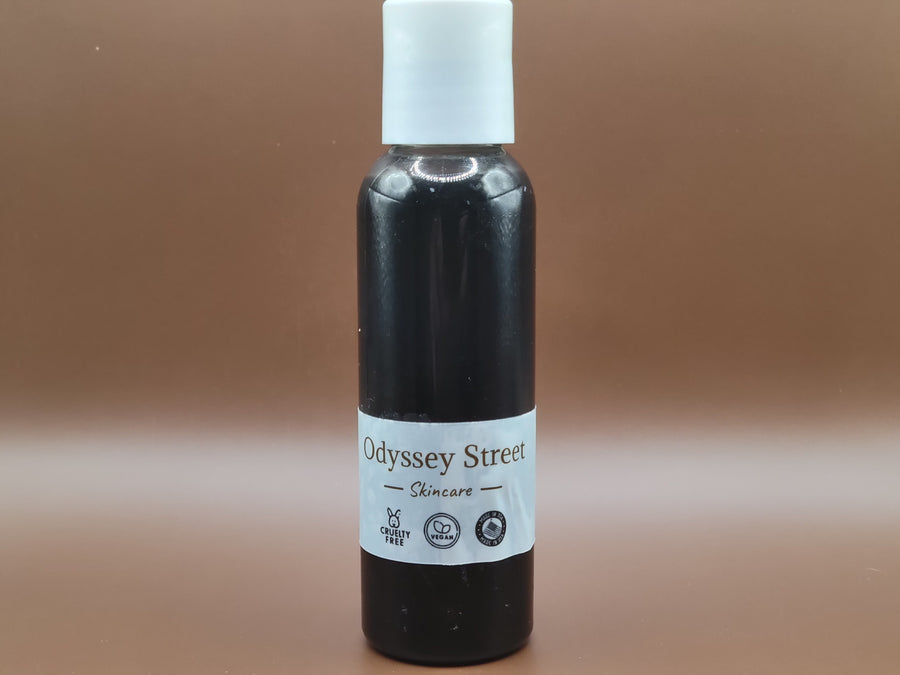
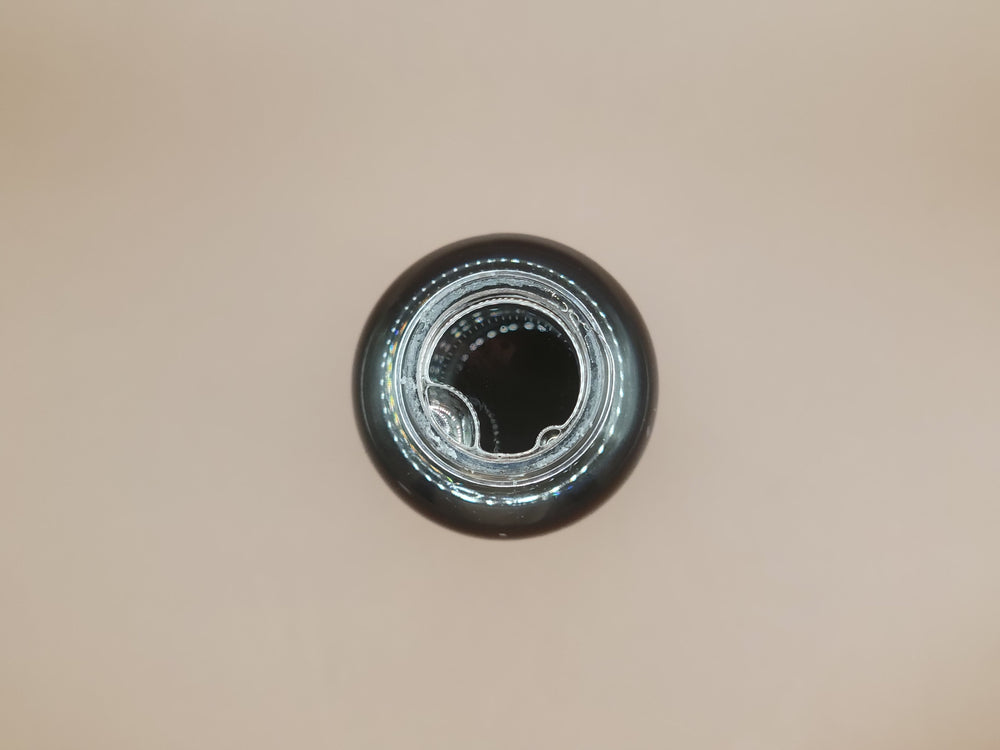
Dejar un comentario